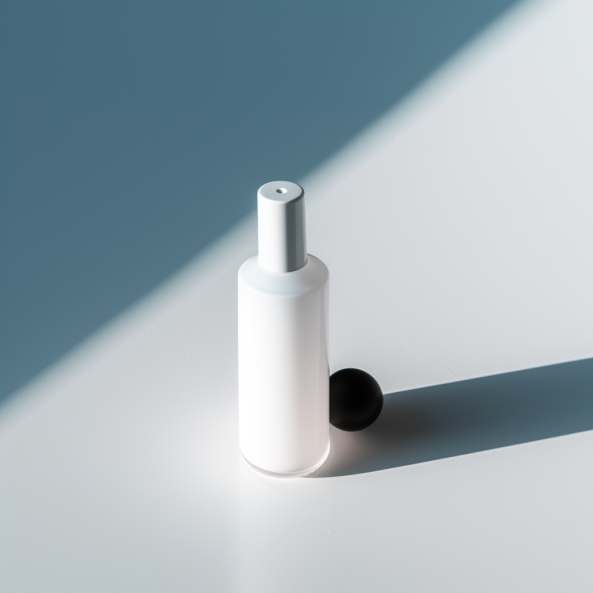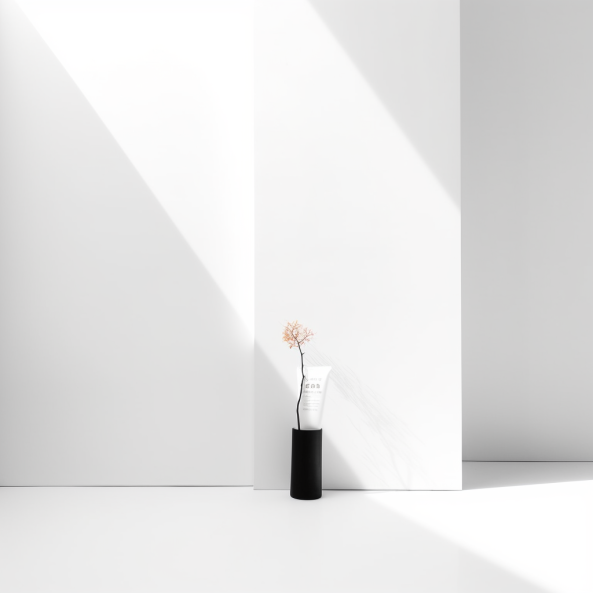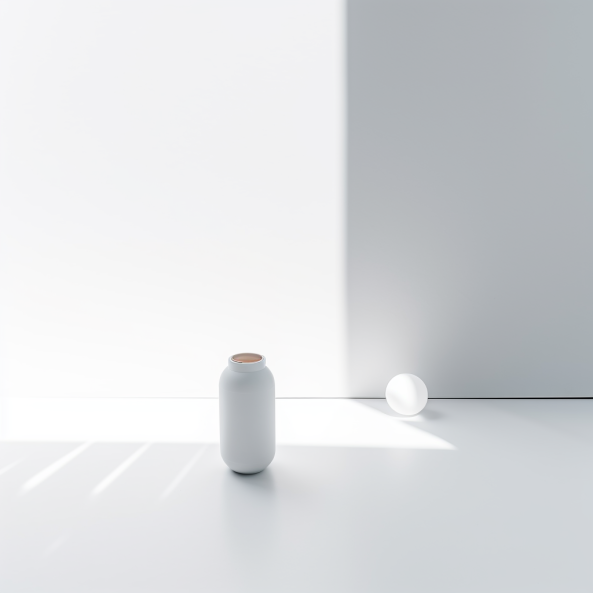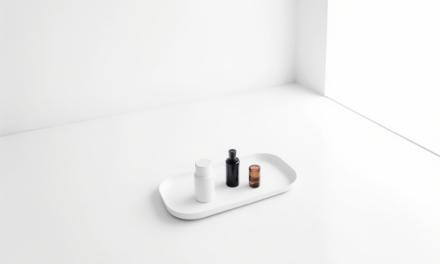Anti-Aging
Retinoids
Retinoids are some of the most effective and studied anti-aging actives. There are different types of retinoids. You can find some of them only in medical prescription skincare, some are available over-the-counter. Other types are in cosmetic skincare that you can buy in a cosmetic shop, drugstore or even a supermarket.
Products with specific retinoids: most effective retinoid actives

Adapalene

Retinol

Retinal

Granactive retinoid - HPR

Retinyl retinoate

Tretinoin *prescription
Learn more about retinoids and how to use them in an anti-agign skincare routine.
What are retinoids?
Retinoids are all relatives of vitamin A. They play an important role all over our body – from liver to skin. In skin, retinoids can influence the skin cell behavior in a “positive” (aka anti-aging). Some retinoid forms are naturally present in our body. Other retinoid molecules are “man-invented”, but able to perform a similar biological role. There are also “man-invented” retinoids that don’t seem to have a meaningful effect in our skin.
How do retinoids work in skin?
Our body supplies retinoids to our skin naturally. Bioavailable forms of retinoids enter inside the living skin cells. Once inside the cell, they “talk” to the cell DNA and “wake up” many specific genes. These genes are responsible for many processes that are crucial for our skin health and looks: from collagen production to pigmentation and blood flow.
With topical skincare, we can increase the amount of retinoids available to our skin cells. As the result, the skin can produce more collagen and elastin, gets more blood vessels and better blood flow. Inflammation decreases. Pigment-producing skin cells also start behaving better and produce a more even skin tone. Skin hydration levels also improve, and its surface becomes smoother.
The amazing part is this: we have A LOT of evidence that topical retinoids actually achieve these results for actual humans in practice.
Anti-aging benefits of retinoids
Retinoids work for anti-aging and they can help to:
- Reduce fine lines & wrinkles
- Improve skin elasticity
- Even out the skin tone, prevent and reduce pigmentation spots
- Improve skin texture and make it smoother
- Add “inner glow” to the skin (by improving the blood flow)
Retinoid formats: medical
The most studied and effective forms of retinoids for anti-aging are those used in medical skincare:
- Tretinoin (retinoic acid). In most countries, available on prescription only.
- Adapalene. Available over-the-counter in the US and on prescription in most other countries.
- Tazarotene. Available on prescription only in the US. Main use: acne treatment.
All these forms are bioavailable directly. In other words, once they pass the skin barrier and get to the living skin cells, they can come through the cell membranes and start doing their “magic”. Because of this bioavailability, the effective concentrations for these actives are low (for example, 0.02% tretinoin can already be effective).
Note: this is not medical advice. Please consult your doctor for medical treatments.
Retinoid formats: "cosmetic"
As for “cosmetic” retinoids (that is retinoids available in cosmetic skincare and not regulated as drugs in most countries), some of them also are bioavailable directly. (Even though they are less potent compared to the “medical” formats). The directly bioavailable “cosmetic” retinoids are:
These are new formats and there is not yet enough good research on what concentrations are effective (but they are certainly higher than for tretinoin).
The rest of “cosmetic” retinoids need to go through conversion steps in skin before they become bioavailable. Of those, the most studied and effective ones are:
To get a unit of bioavailable retinoid, the skin needs to “use” about 10 units of “non-direct” retinoid (this is a very crude estimate and the real ratio is different for different retinoid formats or even unknown). This is why the effective concentrations for these retinoids are higher and start at about 0.3%.
Finally, there are “cosmetic” retinoids that do not appear to be particularly effective in skincare for anti-aging – at least, based on the research available. These formats include:
-
Retinyl linoleate.
-
Retinyl palmitate.
-
Retinyl propinoate.
Side-effects of retinoids
Unfortunately, retinoids come with side effects. The biggest of them is irritation. Skin irritation from retinoids can involve itching, flaking, redness, dryness, and even swelling. The irritation has nothing to do with the retinoid benefits. In other words, getting an irritation is not a sign that the retinoid works. It is a sign that you are using too much, too quickly. Irritation in skin can “undo” a big chunk of the retinoid benefits. This is why you need to do you best to avoid the irritation to get the most anti-aging benefit of your retinoid.
“Medical” retinoids, especially tretinoin, are the most likely to be irritating. At the same time, the main factor in getting an irritation reaction to a retinoid is not the retinoid format, but the state of your skin barrier. The healthier your skin barrier, the less likely you are to get an irritation. Of course, concentration matters too: the higher the concentration, the higher the irritation risk.
A good news is that skin can build up its tolerance towards retinoids. This is why dermatologists universally recommend to start with retinoids slowly – with low concentrations and applying 1-3 times per week for the first couple of months. With time, the skin might be able to tolerate retinoids more frequently (up to daily), and in higher concentrations.
With long-term use (4 months +), retinoids, especially tretinoin, can increase the number of blood vessels in skin. It is usually a good thing, because better blood floor means more “goodies” for the skin. But it can make visible broken capillaries more likely.
Contrary to a common belief, topical retinoids are not shown to have adverse effects for the baby development in pregnancy. (Retinoids taken orally do though). Still, doctors still often recommend to avoid topical retinoids in pregnancy out of caution.
How long before I see results?
You should start seeing the first serious results from your retinoid after 4 months (minus the initiation period where you build up your skin tolerance to it). The results typically improve further until 24 months. After this period, you can consider a “maintenance” retinoid regime (more on it below in the Concentration section).
You can notice an effect from retinoids already after 2-4 weeks of usage. But these first results are literally superficial. Your skin didn’t have enough time to increase collagen, but the retinoids help to smoothen the skin surface quite quickly, and the skin might appear younger and healthier because of this.
Contrary to a common belief, topical retinoids are not shown to have adverse effects for the baby development in pregnancy. (Retinoids taken orally do though). Still, doctors still often recommend to avoid topical retinoids in pregnancy out of caution.
What retinoid to choose for anti-aging?
NOTE: In the following sections, we are giving practical information on including retinoids into your routine. We tried to make it as clear and direct as possible – but please keep in mind that your skin might need a more gentle approach. When in doubt, go for smaller concentration and less frequent use. If you are using a retinoid on prescription from a doctor, follow their advice.
Start with this question:
1. Is my skin sensitive? Did I have reactions to skincare in the past?
If you know that your skin can be sensitive, start with one of the “cosmetic” retinoids:
OR
-
Adapalene if you are in the US (it is a “medical” retinoid available over the counter in the US). This form of retinoid was developed for treating acne, but it also effective for anti-aging. It is less irritating compared to other “medical” retinoids.
If you do not have issues with sensitivity, here comes the next question:
2. Do I have access to a dermatologist to consult me and issue prescription for a medical retinoid?
If yes, and assuming your dermatologist agrees, you’ll get the most “bang for your buck” with tretinoin.
If access to a derm is a problem, choose one of the “cosmetic” retinoids. The top candidates would be:
These are direct retinoids and they are more potent compared to the other “cosmetic” options. Unfortunately, they also tend to be more expensive. Worry not, the below “non-direct” retinoids are also effective – you just need to be more careful in making sure that you are getting a high enough concentration. (Of course, not too high either – you don’t want the irritation!):
How to build your Retinoid regimen?
A good approach is to split your retinoid regimen into phases:
1. “Retinoid initiation”. This is when you are just starting using a retinoid. The goal for this period is to build up your skin tolerance to a retinoid. In this phase, go for the lowest effective concentration for your retinoid of choice (details on that below). This phase usually lasts for 2-3 months (remember: it’s always better to go slower than to get an irritation).
2. “Active treatment”. This is the phase where you want to use the mid- to highest effective concentration of your retinoid of choice (again, avoiding irritation). This phase lasts till the moment you feel quite happy with the results and ready to focus mostly on prevention. Usually it takes 24 months to see the maximum effect from a retinoid. At the same time, you can also stay in the “active treatment” phase indefinitely – there are confirmed side-effects with a long-term use of topical retinoids.
3. Optional – “Maintenance”. If you are happy with the results you’ve got from the “active treatment” phase and would like to slow down on your retinoid use, you can decrease the concentration or use the retinoid less frequently than in the “active treatment” phase.
Do I have to use different product for the “initiation” and “active treatment” phases?
It is a good idea, but it is not a must. If you prefer to use one product throughout, you can. In the initiation phase, use it less frequently – e.g. 1-3 times a week. If you are starting with tretinoin, you can also layer a moisturizer before applying it to slow down the absorption and reducing the irritation risk.
Effective concentration for different retinoid types
Tretinoin
Of course, you should follow your dermatologist’s advice on this one. Based on clinical studies, the optimal concentration is 0.025%. In the “initiation phase”, your derm might recommend you to go lower. The concentration of 0.05% is probably the highest you’d get prescribed. It is not clear if 0.05% is meaningfully more effective than 0.025%, but it is definitely more irritating.
Adapalene
The concentration available over-the-counter in the US is 0.1%, and it is effective for anti-aging. In case you have access to a derm, they might offer you 0.3% concentration: a clinical study has shown that the anti-aging results from 0.3% adapalene were similar to those of 0.05% tretinoin.
Retinal
For the “initiation” phase, you can go as low as 0.1%-0.2%, but look for 0.3%-1% for the “active treatment”.
Retinol
For the “initiation” phase, start at about 0.3%, and look for 0.5%-1% for the “active treatment”.
Hydroxypinacolone Retinoate
There is almost no good data on effective concentrations. Based on studies available, we are guessing that a good “initiation” concentration is about 0.1%-0.2%, and 0.3%-0.7% for active treatment. Please note that many products contain a combination of hydroxypinacolone retinoate with retinol (in this case try to consider the total retinoid concentration, even though it won’t be very scientific).
Retinyl Retinoate
Similar to the Hydroxypinacolone Retinoate, there is no good data on effective concentration for Retinyl Retinoate. Guessing from what’s available, a good “initiation” phase concentration is around 0.1%, and an “active treatment” one is around 0.3-0.5%.
How to apply a retinoid?
It is best to apply a retinoid at night, once daily at maximum (unless your derm advises differently), on cleansed skin. Follow up with a moisturizer.
It is a good idea to keep the rest of your routine gentle and fragrance-free. Take care to cleanse gently (our guide on cleansing is here), and avoid over-exfoliation (if you decide to use an exfoliator).
If your skin is sensitive, you can layer a moistruizer before and after your retinoid to reduce the irritation risk.
In the initiation phase, use the retinoid 1-3 times per week, slowly increasing the frequency as your skin builds up tolerance.
Most retinoid clinical trials with positive results for anti-aging used daily application. With this in mind, you might want to try building up your tolerance to the point where you can use your retinoid daily. At the same time, the priority is to avoid irritation. You can still achieve good outcomes with a less frequent application.
Sources
https://www.sciencedirect.com/science/article/abs/pii/S0190962286702478
https://onlinelibrary.wiley.com/doi/full/10.1111/j.1610-0387.2008.06741.x
https://link.springer.com/article/10.1007/s13555-017-0185-2
https://jamanetwork.com/journals/jamadermatology/article-abstract/557092
https://link.springer.com/article/10.1684/ejd.2018.3320
https://onlinelibrary.wiley.com/doi/abs/10.1111/j.1529-8019.2006.00087.x
https://www.tandfonline.com/doi/abs/10.1080/09546630050517685



